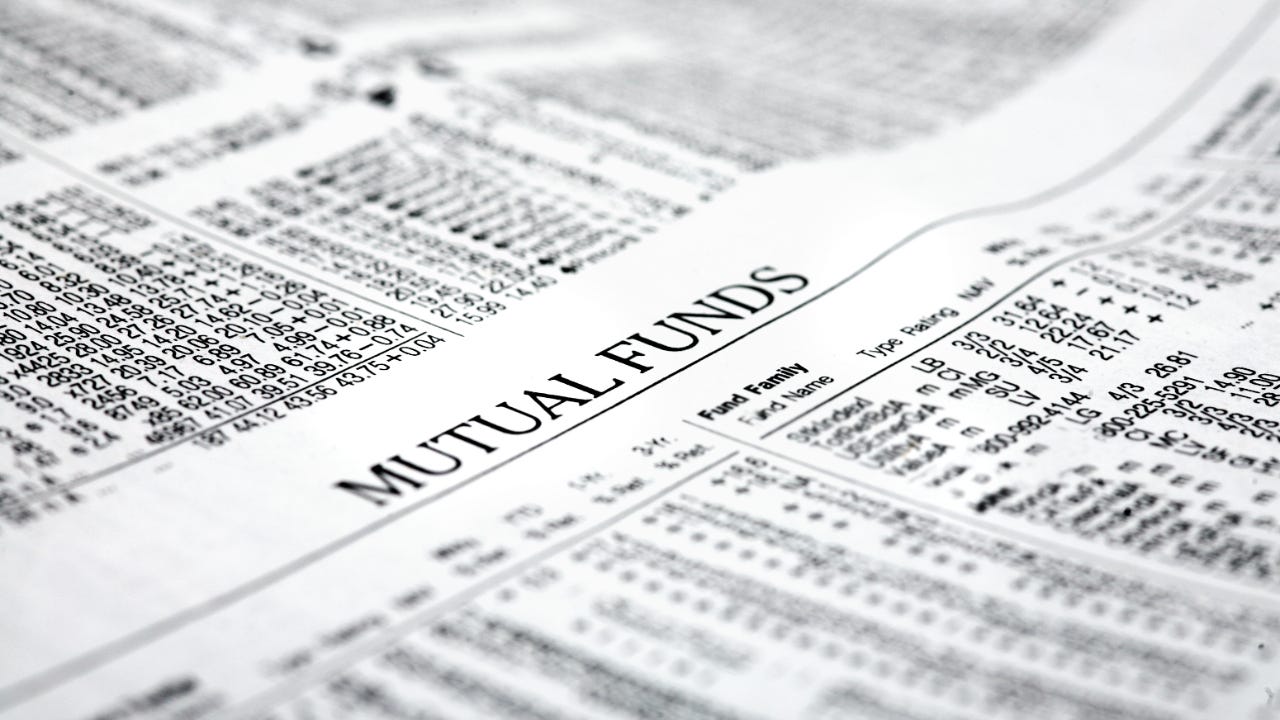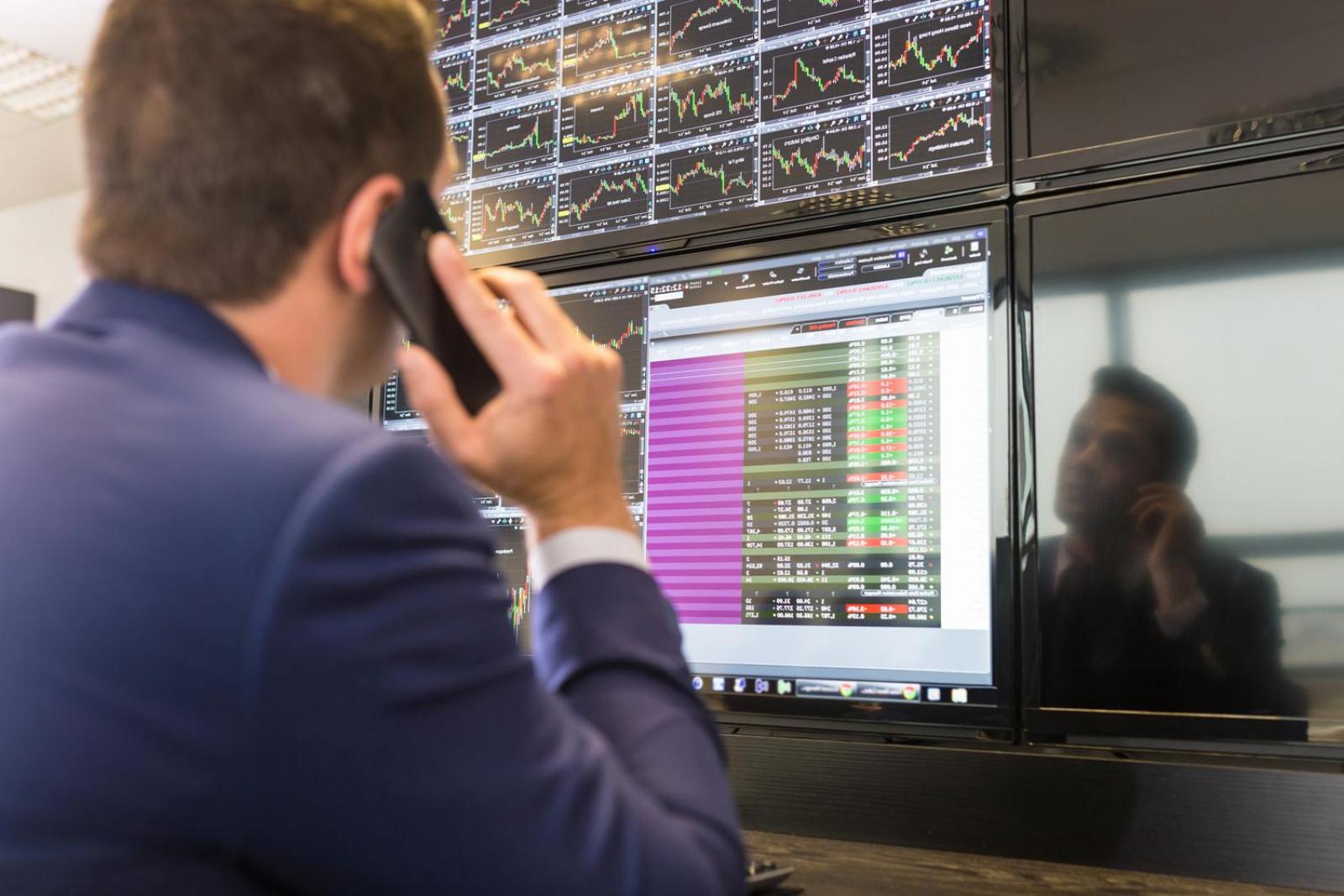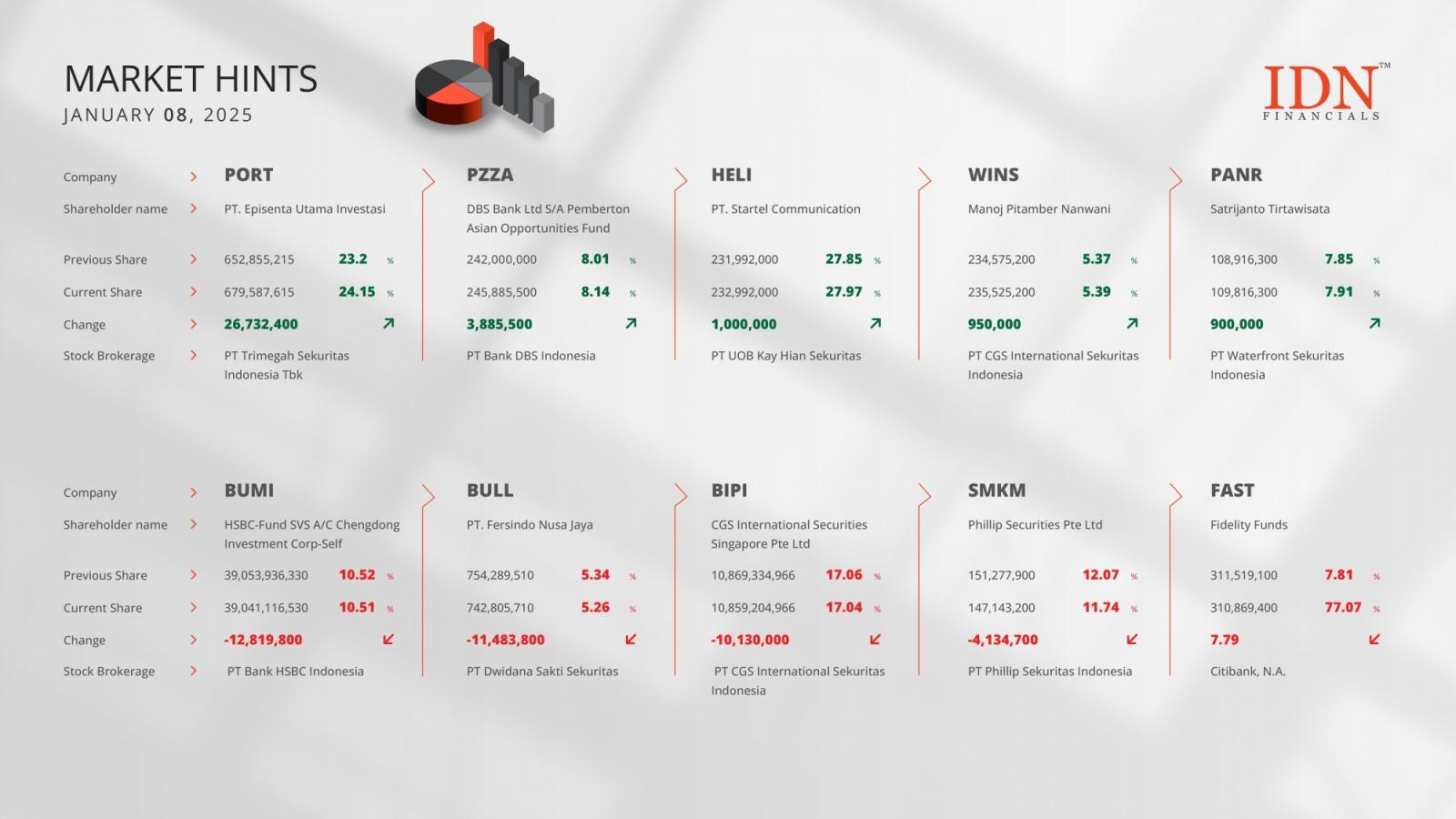 blackwaterimages/Getty Images
blackwaterimages/Getty Images
{ window.initModal(\'TocModal\', 0); })\">
Table of contents
Mutual funds vs. ETFs: Similarities and differences ETF vs. mutual fund: Which one should you choose and why? Do ETFs and mutual funds pay distributions? Mutual fund vs. ETF: Which one is safer?
Our writers and editors used an in-house natural language generation platform to assist with portions of this article, allowing them to focus on adding information that is uniquely helpful. The article was reviewed, fact-checked and edited by our editorial staff prior to publication.
Mutual funds and exchange-traded funds (ETF) can both offer many benefits for your investment portfolio, including instant diversification at a low cost. But they have some key differences, in particular, how expensive the funds are. Overall, ETFs hold an edge because they tend to use passive investing more often and have some tax advantages.
Here’s what differentiates a mutual fund from an ETF, and which is better for your portfolio.
Mutual funds vs. ETFs: Similarities and differences
Mutual funds remain top dog in terms of total assets, thanks to their prominence in retirement plans such as 401(k)s. U.S. mutual funds had around $22.1 trillion in net assets, at the end of 2022, compared to $6.5 trillion in ETFs, according to the Investment Company Institute. But ETFs have been growing quickly in the last decade, as investors are drawn by their low fees and ease of trading.
Both types of funds allow you to invest in a diversified portfolio by buying just one security. For example, you can buy an index fund based on the Standard & Poor’s 500 Index (S&P 500) of top American companies as either a mutual fund or an ETF. Or you could buy a portfolio of bonds with either. Some funds allow you to buy gold or all the companies in a certain industry, for example.
Mutual funds: An overview
Mutual funds are an older way of allowing a group of investors to own a share in a larger portfolio. Mutual funds tend to be actively managed, so they’re trying to beat their benchmark, and may charge higher expenses than ETFs, including the possibility of sales commissions. Mutual funds typically have minimum initial purchase requirements, and they can be purchased only after the market is closed, when their net asset value (NAV) is calculated and set.
ETFs: An overview
ETFs are a newer way of allowing investors to own a share in a larger portfolio. ETFs tend to be passively managed, meaning their holdings track a preset index of securities rather than having a portfolio manager picking them. They generally charge low expenses and have no sales commissions. ETFs usually do not have a minimum initial purchase requirement, though some brokers may not allow you to buy fractional shares of them. ETFs are traded during the day like a stock and their price can fluctuate around their net asset value.
Whether you’re buying a mutual fund or an ETF, you can invest in a diverse selection of assets.
| Feature | Mutual funds | ETFs |
|---|---|---|
| Type of assets | Stocks, bonds, gold, etc. | Stocks, bonds, gold, etc. |
| Type of fund management | More actively invested | More passively invested |
| Fund expense ratios | Higher | Lower |
| Brokerage commissions | Often $0, but may range up to $50 | Typically $0 |
| Sales commissions (loads) | Often none, but sometimes 1 or 2 percent | None |
| When you can trade | Priced at the end of the trading day | Can be purchased throughout the trading day |
| Tax efficiency | Lower | Higher |
Active management vs. passive management
How a fund actually invests has a lot to do with your costs and potential returns. Some funds engage in what’s called active management, in which the fund’s manager picks and chooses securities to buy and sell, and when to do so. This approach is more typical for mutual funds.
The other approach is called passive investing, and it’s where the fund manager doesn’t select the investments but rather mimics an index that’s already been selected, such as the S&P 500. This approach is more typical of ETFs, though ETFs may sometimes be actively managed.
So generally speaking, mutual funds have been actively managed, whereas ETFs have been passive. But these lines have blurred somewhat and it’s possible to find actively managed ETFs and passively managed mutual funds.
This difference matters for a couple key reasons: the returns you’re likely to see as an investor and the expense ratio you’re likely to pay.
Fund returns and costs
Here’s the upshot of the active vs. passive debate: passive investing does better most of the time. In fact, a recent report from S&P Dow Jones Indices shows that 93 percent of U.S. active managers in large companies were unable to beat the market over a 20-year period ending Dec. 31, 2023.
Yes, the best funds can beat their benchmarks (often the S&P 500) in a given year, but over time it’s tough for active managers to outperform.
In passive investing the goal is not to beat the market, as is usual for active managers. Instead, passive investors are simply looking to be the market. And if passive investing outperforms the vast majority of investors, it also means you can beat most active professional managers.
That gives an advantage to ETFs, which are typically passively managed, though again some mutual funds are also passively managed. You’ll need to read the fund’s prospectus to see.
Active management has another downside: it tends to cost more than a passively managed fund. The emergence of lower-cost ETFs has helped reduce the expenses in mutual funds.
As you can see in the chart below, expense ratios on funds have been falling for the past two decades. Expenses for stock mutual funds still remain above those for ETFs, whether you’re comparing a simple average or an asset-weighted average (factoring in how big the fund is).
The simple average gives you an idea of what you’d likely pay if you picked funds at random, while the asset-weighted average tells you what a typical investor might actually be paying. So mutual funds are quite a bit more expensive than ETFs, comparing their respective averages.
For example, in 2022 an average mutual fund (asset-weighted) would cost 0.44 percent of your assets each year. In practical terms, it would cost $44 for every $10,000 you have invested. In contrast, the comparable average ETF has an expense ratio of just 0.16 percent, or $16 annually for every $10,000 invested.
But the details differ when you dig in. If you focus on passively managed stock mutual funds, they’re actually cheaper than passively managed stock ETFs, as you can see in the chart below.
So in 2022, stock index mutual funds charged an average of 0.05 percent (asset-weighted), while a comparable stock index ETF charged 0.16 percent.
An actively managed mutual fund may also ding your returns in another way, by running up your tax bill. Because it trades in and out of the market, an actively managed fund recognizes capital gains more frequently than a passively managed fund such as most ETFs. It must pass on some of those taxable capital gains distributions to investors at the end of the year.
In addition to these costs, investors in mutual funds may also have to watch out for sales commissions, too, which can quickly eat up your principal before you’ve even invested your money. That’s not a cost that’s associated with ETFs – or the best mutual funds, for that matter.
Whether you go with an ETF or mutual fund, be sure to check the expense ratio and any other costs of the fund. Costs are a huge driver of your return, and experts suggest that you focus on those first, especially for index funds, where everyone is tracking the same index anyway.
Commissions and minimum purchases
In the category of commissions, ETF investors are real winners. The big-name brokerages have slashed commissions to zero on all ETFs offered on their site. So it won’t cost you anything to trade these funds, though some brokers may impose an early redemption fee. That’s a huge boon for investors, especially if you like to dollar-cost average on your purchases.
But that’s not the case for mutual funds, where some still charge sales commissions that might run you one or two percent of your money but sometimes even more. Fortunately, many good mutual funds no longer charge these fees, and it’s relatively easy to avoid them. Otherwise, you’re paying to enrich the fund-management firm at the expense of your returns.
And brokerages may also charge you a fee for trading mutual funds – some may run nearly $50 per trade – though the best brokers offer many funds without a trading commission.
As for a minimum purchase amount, ETFs often have an advantage here, too. Usually a broker may require you to buy at least one share of a fund in order to make a purchase, though these days many brokerages allow you to buy fractional shares. Even if you have to buy a full share, that might cost you as little as $20 up to perhaps $250, still a relatively small amount.
In contrast, some mutual funds may require you to purchase at least $2,500 to get started, if you’re opening your own individual account, with smaller minimum subsequent deposits. Some mutual funds also charge early redemption fees if you sell your position in less than 30 days.
When you can buy mutual funds and ETFs
The time and frequency when you can purchase a mutual fund or ETF differs. Mutual funds are priced only at the end of each trading day. While you can place your order at any time, it won’t be filled until the exact price of the fund is tallied up at day’s end. So you won’t know what you’re paying until the transaction is complete. But you’ll always pay the exact net asset value of the fund’s holdings.
In contrast, an ETF trades like a stock on an exchange, and you can buy whenever the market is open. You can place your buy or sell order as you would for a stock and see the exact price you pay when the order is executed. Unlike a mutual fund, you may end up paying more or less than the fund’s actual net assets, though the difference is usually negligible.
This trading flexibility has helped make ETFs a popular way to invest.
ETF vs. mutual fund: Which one should you choose and why?
In many ways mutual funds and ETFs do the same thing, so the better long-term choice depends a lot on what the fund is actually invested in (the types of stocks and bonds, for example). For instance, mutual funds and ETFs based on the S&P 500 index are largely going to perform the same for you. But actively managed funds may have widely different results, depending on how they’re invested.
Where the differences come in, however, are in the fees, commissions and other costs associated with your choice. And in these respects, ETFs have an edge on mutual funds. They also have an edge in terms of their tax efficiency, helping to reduce your overall tax burden.
Do ETFs and mutual funds pay distributions?
Mutual funds may pay capital gains distributions at the end of the year and dividends throughout the year, while ETFs may pay dividends throughout the year. But there’s a difference in these payouts to investors, and ETF investors have an advantage here, too.
ETFs may pay a cash dividend on a quarterly basis. Each share will receive a specific amount, so the more shares you own, the higher your total payout. But not all funds offer dividends, even if they do provide a cash payout. For example, fixed income ETFs technically pay out interest instead.
ETF distributions can be either qualified or non-qualified. The difference between the two depends on how they are taxed and how long the stock within the ETF is held:
Qualified dividends are paid on stock held by the ETF. The stock must be owned for more than 60 days during a 121-day period that begins 60 days before the ex-dividend date. Qualified dividends are taxed at the capital gains tax rate.Non-qualified dividends are taxed at ordinary income rates.
Mutual funds may also issue a payout, and it may be paid regularly throughout the year. Investors may also be able to take advantage of the rules surrounding qualified dividends to achieve a lower tax rate on payouts.
But mutual funds may also expose investors to an additional tax complication. That’s because mutual funds are required to distribute their realized capital gains at the end of the year. While you receive the payout in cash, you may then have to turn around and pay taxes on it to the IRS. These tax considerations don’t apply to mutual funds held in tax-advantaged accounts.
Even if the mutual fund isn’t trading a bunch of stocks as part of its strategy, the act of redeeming shares for outgoing investors can force managers to sell shares of the investments in the fund, potentially creating a capital gain.
Additionally, if you buy the fund late in the year, you could still be paying a tax bill for events that happened before you made the investment.
Mutual fund vs. ETF: Which one is safer?
In terms of safety, neither the mutual fund nor the ETF is safer than the other due to its structure. Safety is determined by what the fund itself owns. Stocks are usually riskier than bonds, and corporate bonds come with somewhat more risk than U.S. government bonds. But higher risk (especially if it’s diversified) may deliver higher long-term returns.
That’s why it’s critical that you understand the characteristics of your investments, and not just whether the fund is an ETF or mutual fund. A mutual fund or ETF tracking the same index will deliver about the same returns, so you’re not exposed to more risk one way or the other.
Bottom line
For many different purposes, an ETF is a better option for investors because it offers some tax advantages, low commissions and easy tradability. But in other specific circumstances, notably for stock index funds, mutual funds can actually be cheaper than ETFs, and if they’re held in a tax-advantaged account, their tax implications are irrelevant anyway. Either way, you need to know what your funds are invested in and how they help you achieve your financial goals.
Editorial Disclaimer: All investors are advised to conduct their own independent research into investment strategies before making an investment decision. In addition, investors are advised that past investment product performance is no guarantee of future price appreciation.





